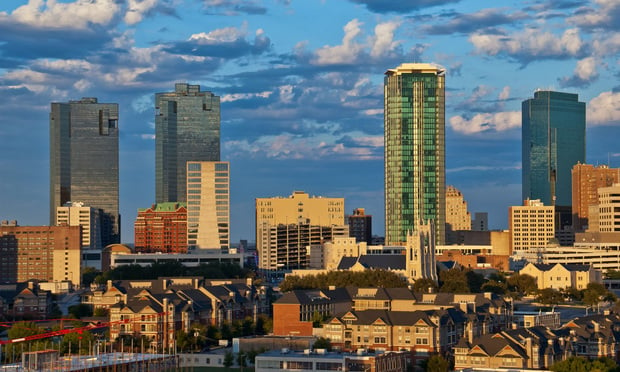Among other things, the Port's heavy industrial zone, which was renamed Port Maritime Industrial, now prohibits many non-industrial uses that were heretofore allowed such as assembly operations, day care businesses, R&D facilities, cultural institutions and retail plant sales.
Peter Huffman, manager of the growth management division of the city's economic development department tells GlobeSt.com the zoning code now really only allows uses that are compatible to the maritime and heavy industrial uses. "There really hasn't been too much encroachment of incompatible uses yet, but the Port and its large property owners wanted to prevent the type of encroachment seen at other ports," says Huffman. "They felt there are more appropriate places for those types of uses to occur, and the city council agreed."
The planning commission and the city council, however, did not agree. The planning commission's recommendation would have allowed research and development facilities and daycare centers in the PMI area, thinking they were things a large manufacturer may utilize. After hearing testimony, however, the council felt otherwise and removed the allowance from the code before passing it unanimously.Another change increased landscaping requirements for industrial properties with arterial frontages but the requirements are still considerably less than other commercial districts. "There was an effort to green up the port a little bit, but it's not that onerous," says Huffman.
As well, says Huffman, a 15-foot buffer was added where industrial zones abut residential zones.
© Touchpoint Markets, All Rights Reserved. Request academic re-use from www.copyright.com. All other uses, submit a request to [email protected]. For more inforrmation visit Asset & Logo Licensing.






